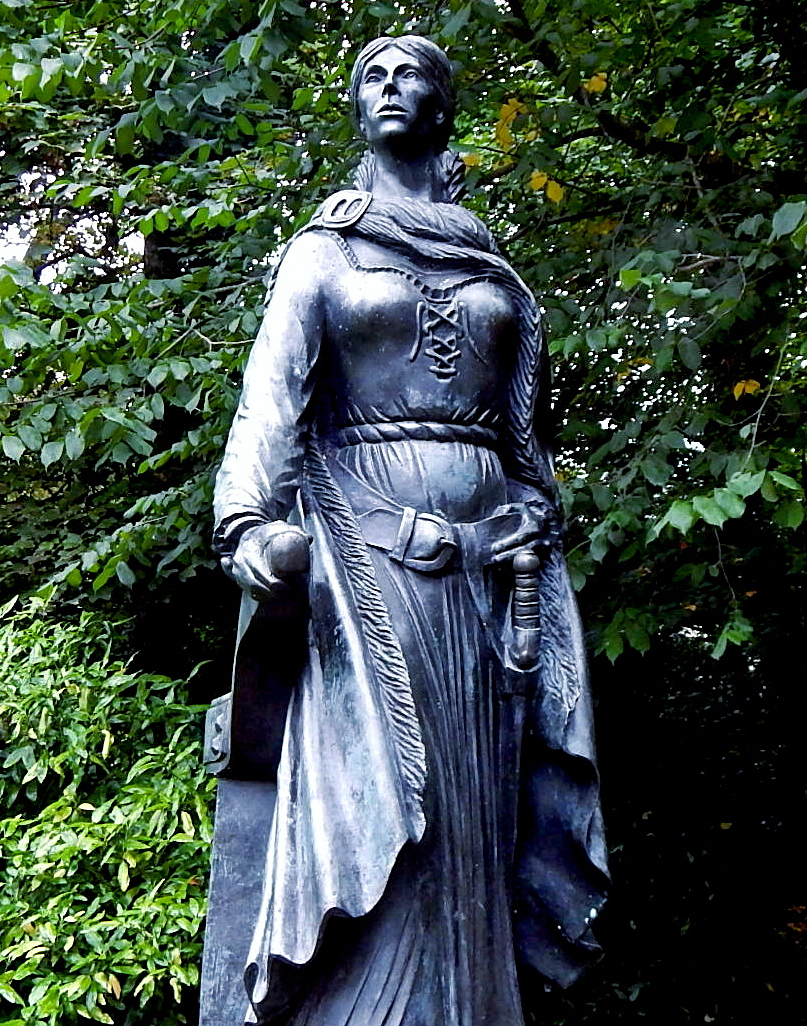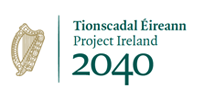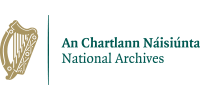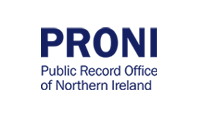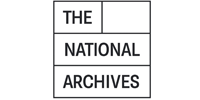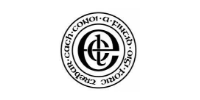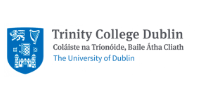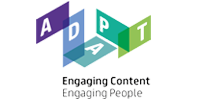Knowledge Graph: Frequently Asked Questions
Find answers to common questions about how the Knowledge Graph works, how our data are organised, and technical aspects of this resource
General Questions
A Knowledge Graph is a structured representation of real-world entities and their relationships.
A Knowledge Graph connects data points (entities) through relationships, forming a network of linked information.
Entities, relationships, attributes, ontology, and graph database.
The Knowledge Graph for Irish History is a dynamic tool that allows people to explore the information contained in historical records and databases. It contains robust historical data, which is presented using an ontology (or linguistic framework) specifically designed for historical research. The Knowledge Graph is the first resource of this kind to exist for Irish historical research. Through exploring the Knowledge Graph, users can discover new connections in Ireland’s past.
The Knowledge Graph provides an easy access point for historians and the interested public to explore the rich information contained within the Virtual Record Treasury of Ireland. The Virtual Record Treasury of Ireland on its own is a rich database of records on Irish history. With the addition of the Knowledge Graph, the Virtual Record Treasury also becomes a valuable tool for conducting historical research.
The Knowledge Graph contains data on people and places mentioned in a wide range of historical records. These people and places exist as individual, unique ‘entities’ in the Knowledge Graph, that have globally unique identifiers on the web.
The Knowledge Graph contains information about each entity’s attributes and relationships. This allows users to learn about specific entities, and to see how different historical entities were connected to one another.
It includes curated metadata about: People (e.g., historical figures, landowners), Places (townlands, counties, parishes).
The data populating the Knowledge Graph comes from a wide variety of sources, including both original documents, printed historical sources (such as lists, indexes, maps, and calendars) and authoritative online databases (such as the Dictionary of Irish Biography). The data contained in the Knowledge Graph spans more than seven centuries, from medieval to early modern to modern Ireland.
For people, the Knowledge Graph will capture name, gender, family relationships, office, occupation, rank, associated organisations, associated places, country, the century they lived in, and dates of birth, death, and/or date ranges – the period in which they were active. For example the person, or entity, Margaret Butler had the following attributes: she was female, was the second daughter of the 8th earl of Kildare and was countess of Ormond, she was associated with Kilkenny and Tipperary, was born about 1471 and died in 1542. All of these attributes link her to other entities – people, places and offices.
For places, the Knowledge Graph captures the place name, country, the place type, and what other place the entity is contained in. For example the entity of ‘Kinawley’ has the following attributes: it is a civil parish within the diocese of Clogher and the county of Fermanagh. While the entity ‘Diocese of Clogher’ extends across counties Tyrone, Femanagha and parts of Armagh.
Data in the Knowledge Graph is organised by historical period, reflecting the timeframes used in its source materials. These periods are: Medieval (400–1499), Early Modern (1500–1749), Modern (1750–1922), and Modern Post 1922. This structure supports targeted exploration of individuals and records within specific eras.
You can explore the graph through: entity pages for individual people and places; advanced search; map explorer for selected cases, and historical collections of records organized thematically or by source.
Yes. Each record includes a citation panel with full and short citation formats. You can also copy URIs (Unique Resource Identifiers) for stable references in your own research, as these are unique stable references in the context of the world wide web.
The Knowledge Graph was created through a collaboration between humanities scholars in the Virtual Record Treasury of Ireland and computer scientists in the ADAPT Centre, School of Computer Science & Statistics, Trinity College Dublin. The first phase of development involved creating frameworks, or ‘schemas’, for organising and capturing information found in historical records; this process resulted in the creation of structured, or machine-readable, data. Some of the data in the Knowledge Graph has been curated and enriched manually by subject-matter experts; other data has been drawn from external, authoritative datasets. Knowledge engineers then transform the structured data into RDF (Resource Description Framework), a standard model for representing structured data on the web.
When data is compiled and curated manually by a subject-matter expert, the process begins by gathering information from historical sources and inputting that data into a spreadsheet with predefined categories. These spreadsheets are then mapped to the machine readable W3C standard Resource Description Framework representation (RDF). Finally, the RDF output is checked for errors. Once stored in RDF, the information in the spreadsheets can populate the Knowledge Graph as, for example, person-entities, attributes, and relationships. Additionally, we can link each person-entity, attribute and relationship back to its original source, creating linked data within the Knowledge Graph.
The Knowledge Graph is represented using the W3C internet standard Resource Description Framework (RDF) XML-based representation. RDF allows us to define the relationship between two entities, for example between Person A is a parent of Person B, or town X is within county Y. In the same way, we can relate an entity to a resource described in another RDF dataset, linking our information with information outside our system. For example, in our Knowledge Graph, entities about persons that have been extracted from the DIB are linked, not only to their original DIB web pages, but also to their corresponding Wikidata entries. Wikidata is a popular Knowledge Graph based on Wikipedia, a cornerstone of the Linked Open Data cloud connecting many different datasets.
Unlike keyword-based search engines, the Knowledge Graph understands the relationships between entities.
Not yet. The Knowledge Graph is continuously evolving as more data are added, and as records from a variety of sources are digitised and linked. It's a work in progress aimed at gradually enhancing access and discoverability for Ireland’s history.
The VRTI knowledge graph is published according to the Linked Data internet best practices (https://www.w3.org/wiki/LinkedData). The data is also available to query using the SPARQL endpoint found under Technical Resources area of our knowledge graph web pages. Should you have difficulty accessing, please do not hesitate to contact us.
It is developed and maintained by the team behind the Virtual Record Treasury of Ireland, in collaboration with data specialists, historians, and partner institutions of the Virtual Record Treasury.
If you spot an issue or want to contribute additional data or expertise, you can reach out via the Virtual Treasury website.
Technical Aspects
We have used a Graph database (Virtuouso), with W3C based standards: RDF, OWL for the ontology specifications; RML and R2RML for data uplift specifications; SHACL for data validation specification and GeoSPARQL & SPARQL for querying
A relational database uses tables, while a Knowledge Graph stores data as nodes and edges, as a network of data.
Our Virtuoso graph databases uses SPARQL and GeoSPARQL as they are standard-based query languages, while propertiary graph databases such as Neo4J use propreitary languages such as Cipher
Future
The Knowledge Graph has been built as a dynamic resource, meaning it can grow and change. More information can be added to the Knowledge Graph, incorporating new records or other existing datasets. A Knowledge Graph allows not only humans but also AI algorithms to process the data for advanced and automated discovery of new links, classification, inference and pattern recognition. The Knowledge Graph will continue to grow, becoming an invaluable research tool and database for information on Irish history.

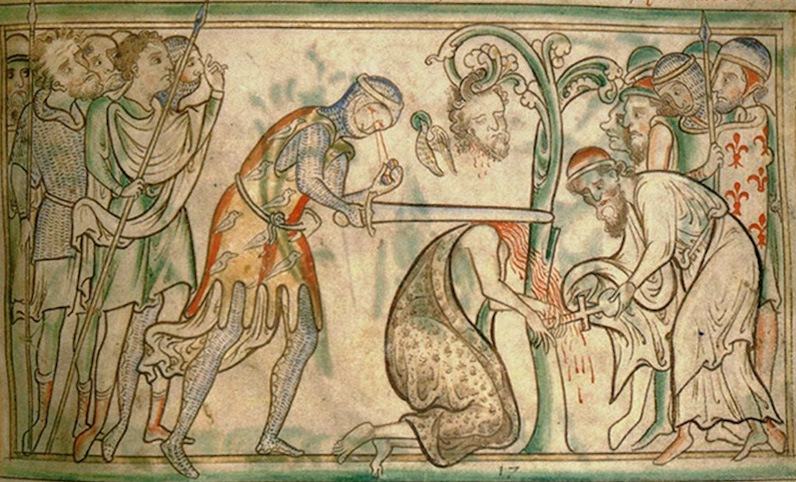
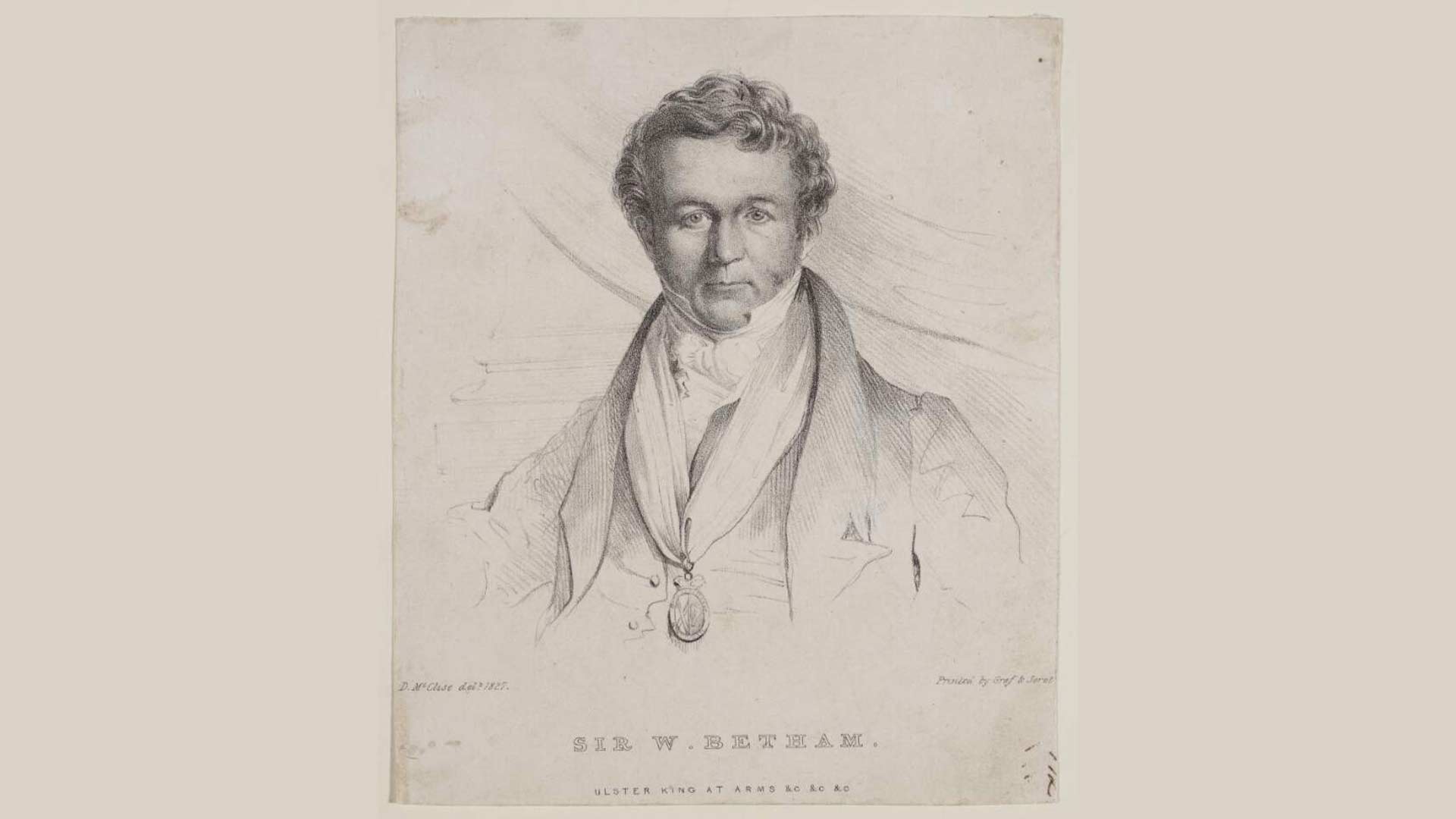
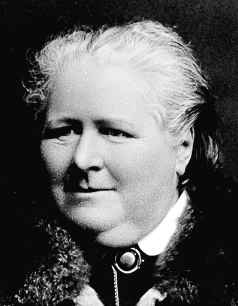
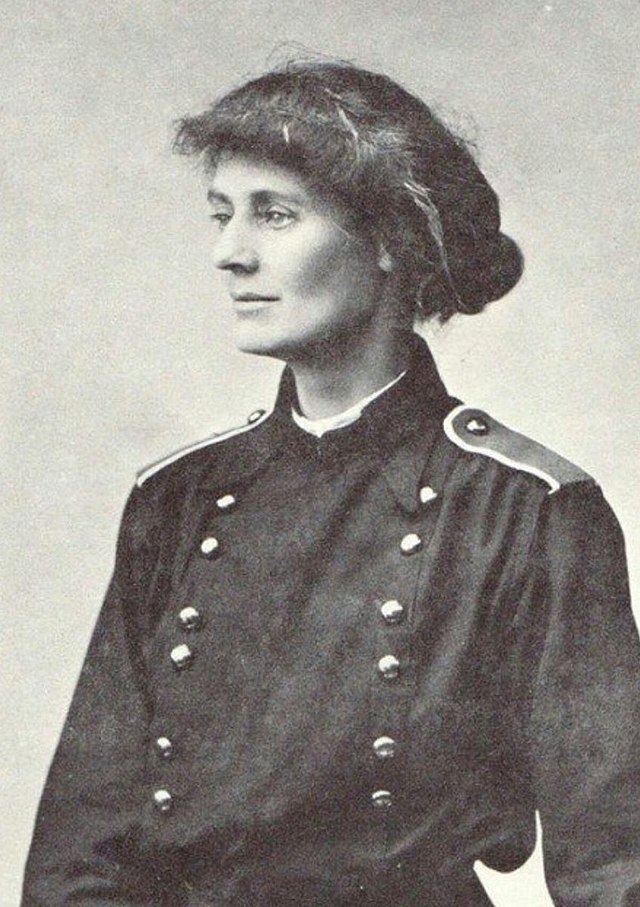
.jpg)













